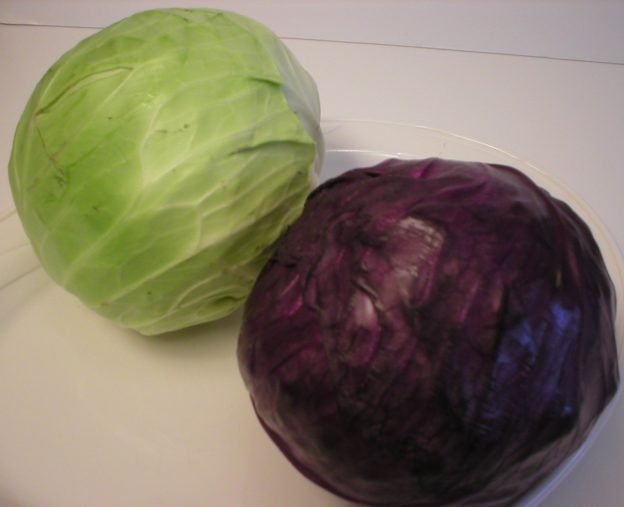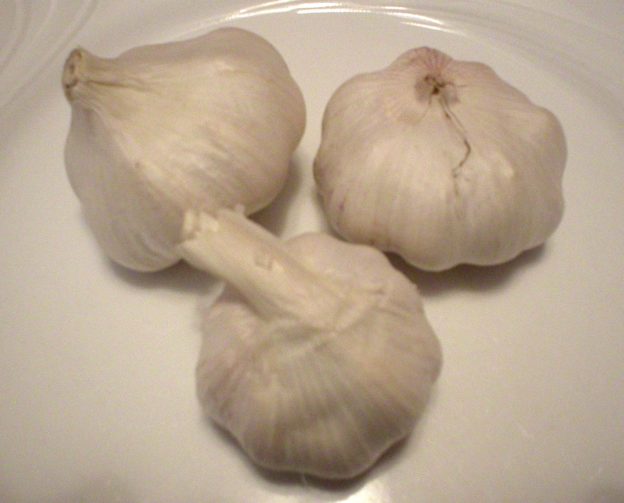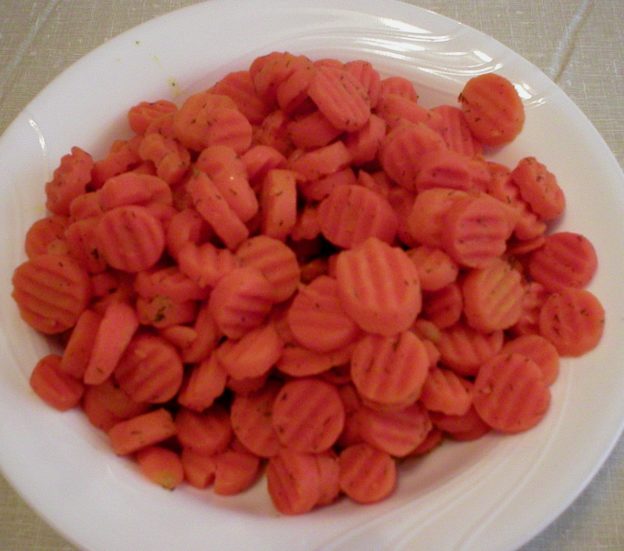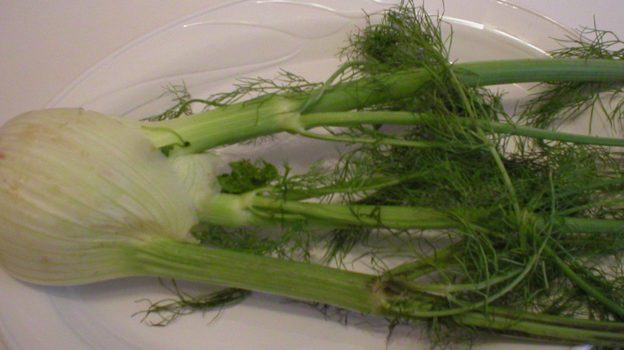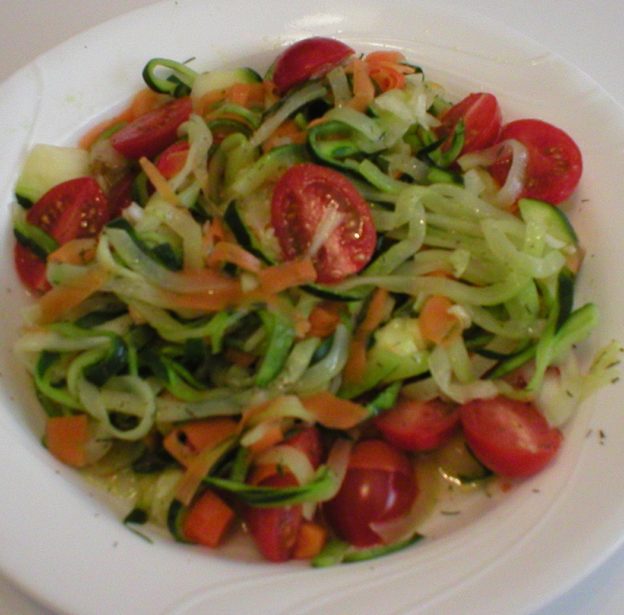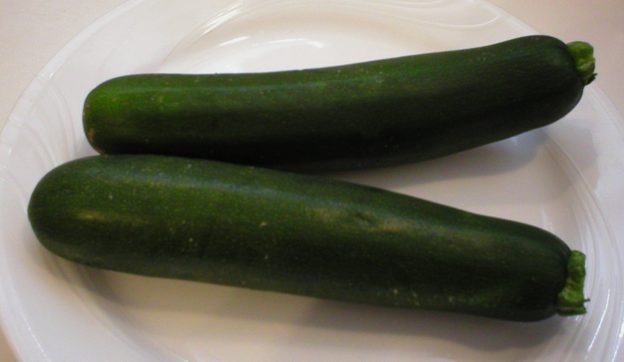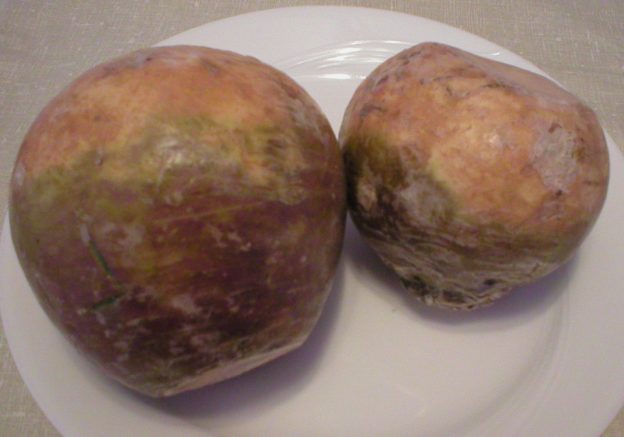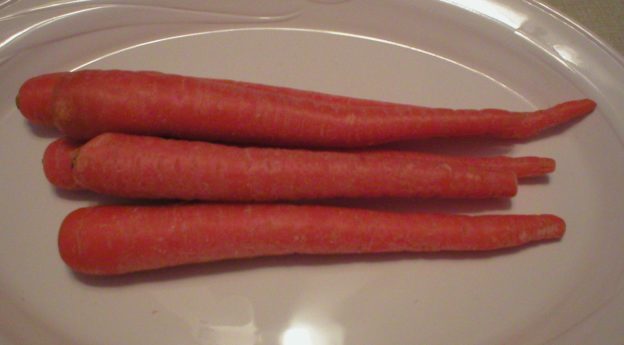Cabbage is a vegetable that most of us are familiar with. If nothing else, we eat it in coleslaw. Cabbage is a very versatile vegetable that should be included in our menus as much as possible. It is low in calories, high in nutrients, and has valuable other compounds that help to protect our health. Furthermore, it’s a very inexpensive vegetable to eat, so why not go for it?
Below is a video where I discuss the basics of cabbage, from what it is to how to use it and everything in between. Below the video are my notes for your personal use. Enjoy!
I hope this helps!
Judi
Cabbage 101 – The Basics
About Cabbage
Cabbage is a member of the cruciferous vegetable family and is related to kale, broccoli, collards, mustards, cauliflower, kohlrabi, and Brussels sprouts.
There are MANY types of cabbage, but we have four main types in the United States. They are (1) Green cabbage, which is the cabbage most of us are familiar with. It is round with smooth, tightly packed leaves that wrap around each other. (2) Red or purple cabbage, resembling green cabbage, but with purple leaves instead of green. (3) Savoy cabbage, with curly leaves that are less densely packed than the green or red/purple varieties. This variety is great in stir-fries and wraps. (4) Napa or Chinese cabbage, that looks more like a head of lettuce than the round green cabbage we commonly buy. This type is often used when making kimchi and stir-fries. Pictures of different types of cabbages can be seen here … https://www.pinterest.com/cabbagesoupdiet/cabbage-types/?lp=true
There are two basic color types of cabbage: red/purple and green. The green cabbages can range in color from very dark to very light. The red cabbage can also range in shades from darker to lighter purple. It’s interesting that we call it “red” cabbage when the color is actually purple. Sometimes the very dark purple cabbages are called “black cabbage.”
According to the Economic Research Service at the U.S. Department of Agriculture (USDA), cabbage is the second most economical vegetable in terms of price per edible cup.
In 2014, the average adult ate about 7 pounds of cabbage a year. That places cabbage as being the tenth most popular vegetable in America. In America, about half of all cabbage sold in the retail market is made into coleslaw. The production of sauerkraut accounts for another 12 percent.
Nutrition Tidbits
Cabbage has few calories, with only 22 in one cup (raw). Yet, that one cup of cabbage contains 85% of the recommended daily intake (RDI) of Vitamin K and 54% of the RDI for Vitamin C. It also contains notable amounts of folate, manganese, Vitamin B6, calcium, potassium, and magnesium.
Green cabbage is the type that is most commonly eaten, and has many health-promoting qualities including antioxidants that help keep inflammation in check, reducing the risk for certain cancers, helping improve digestion through its insoluble fiber, and benefiting heart health. However, red or purple cabbage has those benefits and even more special qualities that make it a valuable addition to your diet. The red or purple color reflects its content of compounds that have unique antioxidant and anti-inflammatory properties. So, red or purple cabbage is especially valuable to include in your diet on a regular basis.
How to Select Cabbage
Choose a head of cabbage that is firm and seems heavy for its size. Look for leaves that appear fresh, crisp, and tightly packed, with little blemishes. Larger heads tend to have a milder flavor than smaller heads.
Cabbage can also be purchased pre-shredded, which is a great convenience if your time in the kitchen is short. Even though it is already washed, it’s a good idea to wash it again just before using it. Be sure to use it before the “Best by” date to ensure freshness. It is noteworthy that the Vitamin C content of cabbage diminishes when it is cut, so pre-cut cabbage will have less Vitamin C content than a whole head.
How to Store Cabbage
Keep cabbage in the refrigerator, wrapped in plastic to retain moisture. Most resources say cabbage will keep for two weeks this way.
How to Preserve Cabbage
Freeze: Cabbage may be frozen and used later in cooked dishes. Cabbage that has been frozen would not be suitable for raw dishes, like coleslaw, because the texture will change after being frozen. To freeze cabbage, wash the leaves and cut them into desired size pieces. Blanch shredded cabbage or small pieces in boiling water for 1-1/2 minutes and cabbage wedges for 3 minutes, then immediately place them in a bowl of ice water until completely cooled. Drain well and place in freezer bags or containers. Frozen cabbage will keep for 10 to 12 months.
Some people freeze cabbage without blanching it first. Cabbage frozen this way should be used within 4 to 8 weeks.
Dehydrate: Fresh cabbage may be dehydrated. Some resources say cabbage can be dehydrated without being blanched. However, this method does not stop enzymes that will cause the vegetable to continue to age, nor does it kill any pathogens that may be on the food. Reliable sources emphasize blanching cabbage before drying it. Process as for the freezer then follow your dehydrator manufacturer’s instructions for the temperature and length of time to dry your cabbage. Dehydrated cabbage can actually be eaten as a snack and is sometimes used by backpackers as a lightweight food to carry along the trail.
Fresh vs Frozen
Fresh cabbage is commonly found at most grocery stores, whereas frozen cabbage is only found in select stores. Fresh is the most versatile since it can be used raw or cooked, whereas frozen cabbage must be used in cooked dishes because the texture is not suitable for raw use.
How is it usually eaten…raw or cooked?
Cabbage is eaten both raw and cooked in a variety of ways. Some people don’t care for cooked cabbage because of a sulfur odor that it can produce. This happens only when the cabbage is overcooked. So, to prevent the unpleasant odor that can come from cooked cabbage, cook it with as little water as possible and for as short a time as possible (unless you’re adding it to a soup or stew).
How to Prepare
Remove and discard any withered outer leaves. Rinse the remaining leaves and cut as needed for your intended use.
If you are using cabbage that was freshly picked, such as from your garden or the farmer’s market, you may want to take extra measures to remove any insects that may be lurking among the leaves. In this case, soak the head in salt water or vinegar water for 15 to 20 minutes first, then rinse it well to remove any insects, dirt, and salt or vinegar. Then proceed as usual.
Cooking/Serving Methods
Cabbage can be eaten raw, as in salads and slaws.
Cabbage can be cooked in a number of ways including being stuffed, sautéed, steamed, boiled, braised, roasted, added to soups and stews, pickled, and fermented.
Herbs/Spices That Go Well With Cabbage
Thyme, sugar, mustard, honey, ginger, caraway seeds, fennel, dill, paprika, coriander, parsley
Foods That Go Well With Cabbage
Mushrooms, apples, carrots, potatoes, leeks, onions, garlic, fennel, beets, lemon and lime, tomatoes and tomato sauce
Savory: Bacon, sausage, rice, white beans, turkey, ground beef, corned beef, chicken, ham
Dairy & other: Sour cream, butter, and vinegar
Cabbage is very versatile, so this is certainly not an all-inclusive list!
Recipe Links
5-Minute Healthy Sautéed Red Cabbage http://www.whfoods.com/genpage.php?tname=recipe&dbid=240
Cabbage, Smoked Sausage and Apple Soup https://producemadesimple.ca/cabbage-smoked-sausage-and-apple-soup/
Cabbage Roll Casserole https://producemadesimple.ca/cabbage-roll-casserole/
Hearty Brussels Sprouts and Cabbage Salad https://producemadesimple.ca/hearty-brussels-sprouts-and-cabbage-salad/
20 Ways to Eat More Cabbage https://www.thekitchn.com/20-ways-to-eat-more-cabbage-237481
18 Delicious Ways to Eat More Cabbage This Year https://www.justapinch.com/blog/articles/read/165980/18-delicious-ways-to-eat-more-cabbage-this-year
39 Recipes to Make Anyone Love Cabbage https://www.bonappetit.com/test-kitchen/ingredients/slideshow/cabbage-recipes
26 Creative Cabbage Recipes That Are Way Better Than Coleslaw https://www.delish.com/cooking/g1237/cabbage-recipes/?slide=5
Our 35 Best Cabbage Recipes https://www.tasteofhome.com/collection/favorite-cabbage-recipes/view-all/
About Judi
Julia W. Klee (Judi) began her journey enjoying “all things food” in elementary school when she started preparing meals for her family. That love of food blossomed into a quest to learn more and more about health and wellness as related to nutrition. She went on to earn a BS Degree in Food and Nutrition, then an MS Degree in Nutrition. She has taught nutrition and related courses at the college level to pre-nursing and exercise science students. Her hunger to learn didn’t stop upon graduation from college. She continues to research on a regular basis about nutrition as it relates to health. Her hope is to help as many people as possible to enjoy foods that promote health and wellness.
Resources
http://www.whfoods.com/genpage.php?tname=foodspice&dbid=19
https://www.healthline.com/nutrition/benefits-of-cabbage#section1
http://www.unlockfood.ca/en/Articles/Budget/All-about-cabbage.aspx
https://www.wikihow.com/Select-and-Store-Cabbage
https://frugallysustainable.com/how-to-preserve-cabbage/
https://stilltasty.com/fooditems/index/16658
https://www.thespruceeats.com/how-to-freeze-cabbage-1388391
https://producemadesimple.ca/what-goes-well-with-cabbage/
https://lancaster.unl.edu/factsheets/115-94.htm
https://www.spendwithpennies.com/guide-to-cabbage/
https://www.reddit.com/r/recipes/comments/1v5duu/what_spices_go_good_with_cooked_cabbage/

